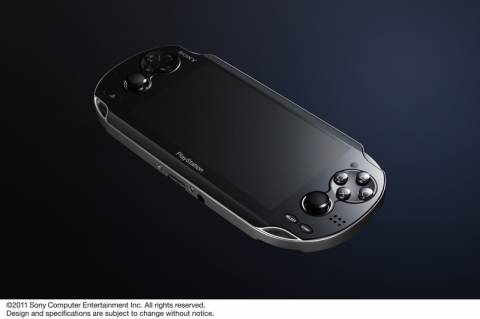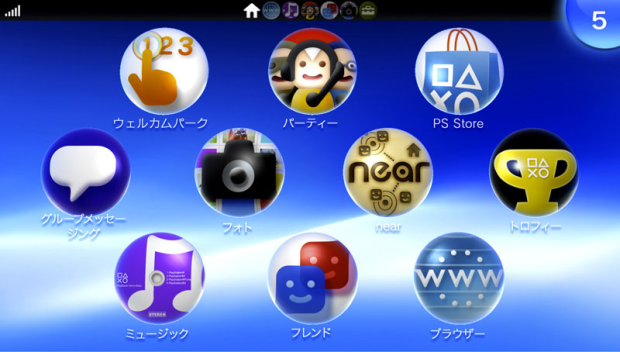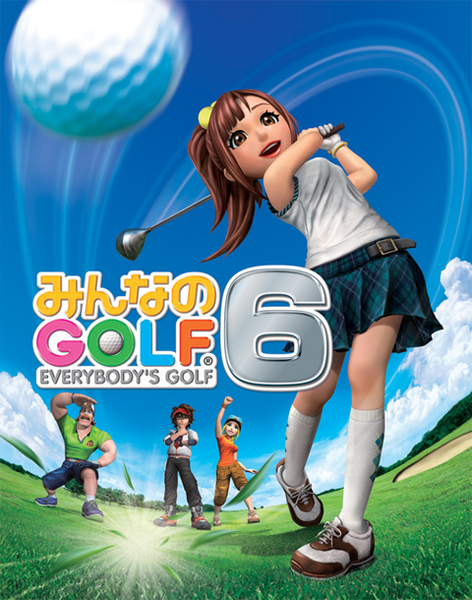Hearthstone Beta Impressions
By Addfwyn 3 Comments
Having luckily got into the beta a few days ago and dumped a fairly sizable amount of time into the new Blizzard CCG, Hearthstone, I decided I would settle down and write up my impressions of it.
Hearthstone is Blizzard's new free to play CCG, based off the World of Warcraft franchise, aimed at being very accessible to a wide audience. It's a game that isn't without it's depth, but it also isn't nearly as involved as the existing WoW TCG or Magic: The Gathering.
The gameplay will be familiar to anybody who has played a CCG before, two players take turns drawing and playing cards in an attempt to whittle their opponent's health down to zero. There is no resource management like in the WoW TCG or M:tG, your available mana pool simply grows by 1 each turn. If you have an 8 cost card in your hand, then you can play that on turn 8 at the earliest, generally. The exception to this are Druid decks which have some ways to gain additional mana. Similar to the WoW TCG, it is possible to equip your hero with weapons, which let them directly attack other minions, or armour, which reduces the amount of damage your hero takes from an attack. Minions are summonable creatures that can freely attack ANY target on the board, and retain damage between turns. Additionally, every hero has their own unique hero power that costs 2-mana and can be used every turn. For example, the Mage can spend 2 mana to do 1 damage to anything on the board. Currently the gameplay seems very minion-focused, as they are just way more cost-effective in most cases than focusing on abilities or direct damage from your hero.
Decks consist of 30 cards, with at most 2 of any 1 card in the deck. You first select your class and hero, there are currently 9 classes and one hero for each of them, before building your deck. Each class has a series of class-specific minions or abilities they can draw from, as well as a neutral minion pool that anybody can draw from. Blizzard has done a good job of making each class feel like there is a play-style attached, with certain card mechanics appearing only on certain class cards. Rogues, for example, often have cards that have a Combo effect. If the Combo card is played after another card, it gets a bonus effect. This makes it important to have lots of very low cost cards in Rogue decks that you can use to activate the combo bonus on your bigger cards. Druid cards often give you a choice between different effects, while Warlock cards often hurt yourself to get a powerful minion out at a cheap cost.
There are currently three ways to unlock cards for your deck in the game. "Basic" cards are earned naturally just by leveling your hero of choice to level 10. This doesn't take very long at all and should give you a good array of cards for the class. "Expert" cards have to be earned either by booster packs, which can be obtained for real money or in-game currency, or using the game's card crafting system which I will explain later.
There are currently three game modes in the beta, Play, Practice, and Arena. Play is exactly what you would expect, it allows you to take your custom built decks into a duel with another player that is decided via a quick match mechanic, either ranked or unranked. Practice modes lets you test your decks versus an AI, as well as level up each hero to a max of 10, anything further requires playing against real people. Finally Arena mode is a draft mode that will have you crafting a deck from a series of choices and then taking it against other players who have done the same. In this mode, you will earn bigger and bigger prizes, such as booster packs, for every victory. However, after three losses your deck is retired and you cash out. This mode is a ton of fun, but it is worth noting that it takes either in-game gold (150) or real money to enter the Arena, so it behooves you to try to get the most out of each arena run before your deck gets retired.
As far as the free to play hooks and currencies, it's fairly simple. Booster packs can be purchased for 100 gold in game, or for real money (It's around like a $1 for a pack if I remember correctly). Arena matches are $2 or 150 gold to enter into. A unique mechanic is that you can break down any cards you don't want into arcane dust, also obtainable from Arena matches, which can be used to craft specific cards that you do want. This means that if there is one card you really want, you don't have to dump $100 into booster packs hoping to get it. They don't seem exceptionally cheap though, especially legendary rarity cards. Gold doesn't seem TOO scarce, there are quests you can every day to earn some gold, and playing matches in the Play mode will earn gold as well.
Overall, I am really digging the game. There are a series of different board environments that have pretty neat interactive elements. My personal favourite is the Orgrimmar board that lets you load and fire a catapult. The animations are fantastic and everything looks really great, whether it is the card animations, the interactive board environments, or the opening of booster packs.
The gameplay, right now, is a bit on the simple side. It's nowhere near as complicated as even the existing physical WoW TCG, and that's a shame. I'd love for them to add more variety in heroes as well as possible decks. In the WoW TCG it was possible to have hero-decks that really never used any minions at all, and that just doesn't seem possible in Hearthstone, even burn decks are going to be running a lot of minions. I've been running a Rogue Creature Removal deck that is incredibly effective just because I know every opponent HAS to run minions.
The arena mode is a ton of fun, it's unfortunate that it is gated behind a paywall, even if you can use in-game gold for it. If you're good though, you can win more booster packs from Arena than you can purchase with the same amount of gold, so it's a good investment.
If you get a chance to check it out, I recommend it, it's a very polished if simple CCG. It has a lot of potential in the future if they continue to add to it, adding different types of heroes with different hero powers for each class, and maybe more variety in the cards you can make.
If people are interested, I may do some videos of it as well.




Log in to comment